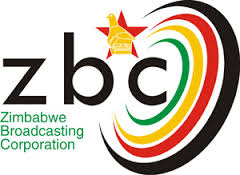Story by ZBC Reporter
AT some point, it was called “white gold’, testifying that cotton was indeed lucrative in the areas it grew back then.
Since cotton is grown in drier parts of the country including Gokwe in Midlands Province and Muzarabani in Mashonaland Province, a visit to these places can testify to how the cash crop was a source of livelihoods for thousands of people directly and indirectly.
Being history as such, the Second Republic has made a determination to revive the entire cotton value chain and once gained it is poised to become a major player in the agricultural sector.
The government is set to increase the hectarage under cotton farming for the 2023/4 season to 260,000 hectares from 250,000 hectares in the 2022/3 season. Of these, 80 000 will be under the Pfumvudza/ Intwasa programme up from 59 000 last year.
Cotton has become strategic in the agricultural sector as it is one of the agricultural export commodities grown by smallholder farmers under the Presidential Free Input Scheme, adding significantly to the overall 17% contribution of the agriculture sector to the country’s gross domestic product.
Cotton is the only fibre that goes from farm to food and from farm to fashion as the adage in the cotton industry goes, linking it to National Development Strategy 1 to the elimination of poverty.
The increase in cotton production by the government buttresses the importance of the cash crop towards the attainment of an Upper Middle-Income Society by 2030.
This farming season, the government has targeted 80 000 hectares for 80 000 growers translating to one hectare per grower under the Presidential Input Support Scheme.
The growers will be assisted with free tillage services especially in very dry areas of Muzarabani and Gokwe to selected farmers who are in need. The tillage programme is expected to improve the livelihoods of the cotton farming community.
The government has since intensified its thrust in support of the Agricultural sector with many Presidential input schemes having been initiated under the Second Republic.
This has resulted in a bumper harvest being recorded in the 2022/23 farming season positioning the country to be food sufficient.
The government’s agricultural initiatives have created sustainable farming practices as well as modernisation of agricultural practices which has seen about 270 000 farmers directly benefiting from the cotton sector, while 600 000 were indirect beneficiaries.




